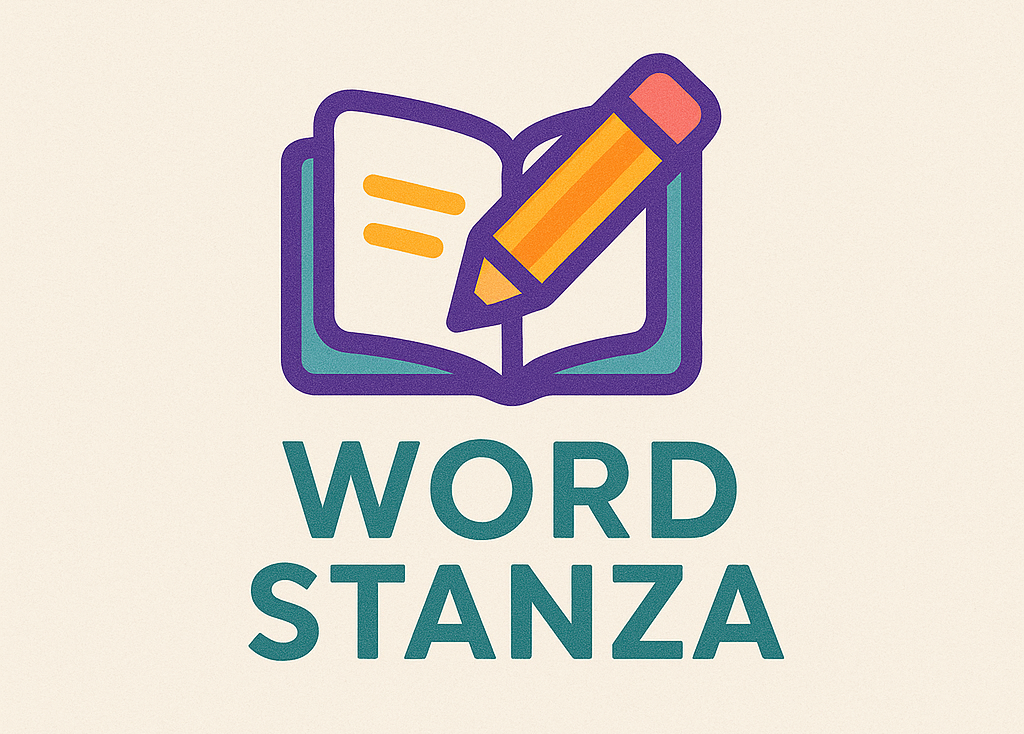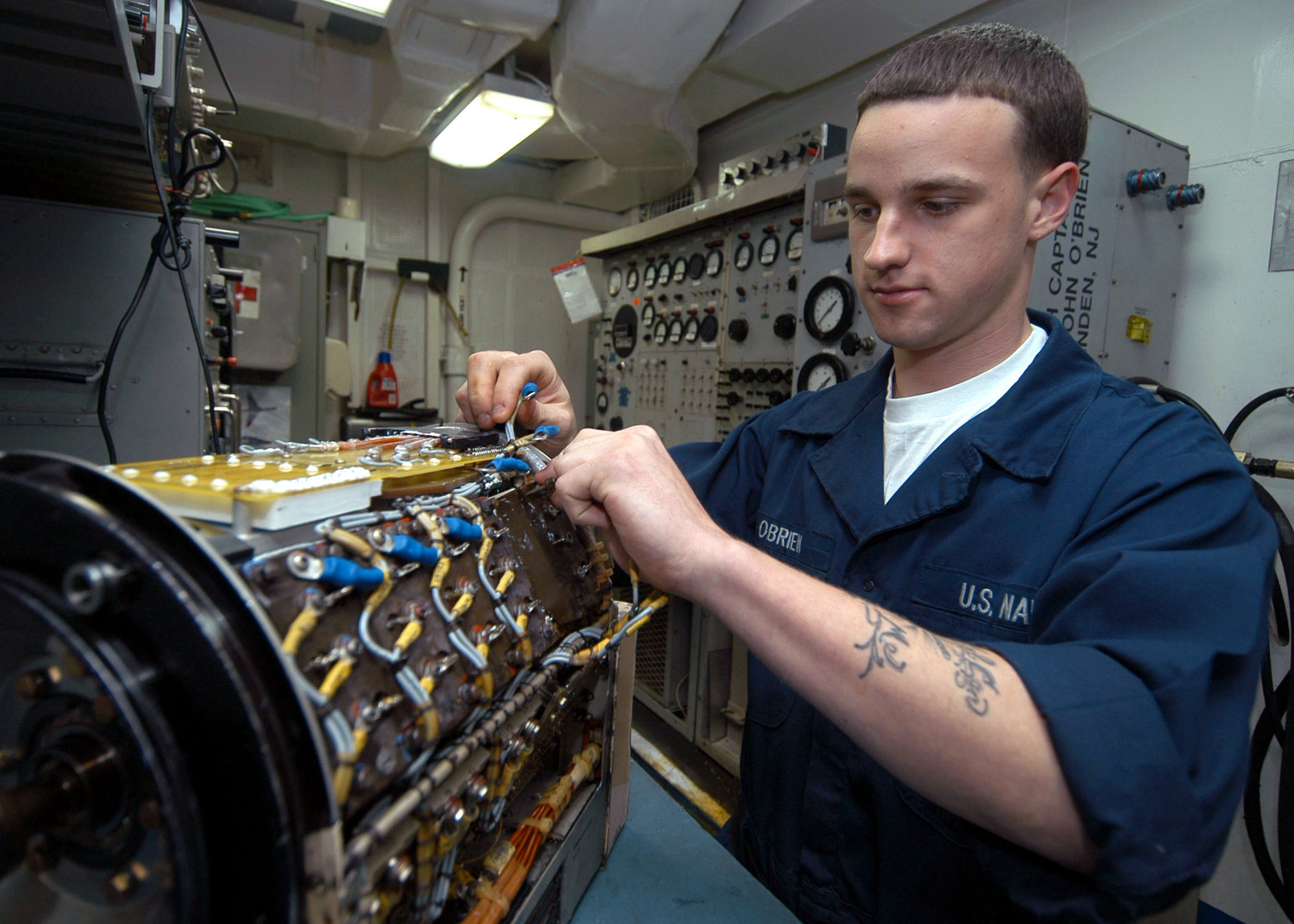The rotator cuff is a crucial component of shoulder anatomy, consisting of muscles and tendons that provide stability and facilitate a wide range of shoulder movements. Injuries to the rotator cuff are common, especially among athletes and individuals engaged in repetitive overhead activities. Addressing these injuries effectively often involves a comprehensive physiotherapy approach.
Physiotherapy plays a significant role in the rehabilitation of rotator cuff injuries. It aims to restore shoulder function, reduce pain, and improve strength and flexibility. A well-structured physiotherapy program is tailored to the individual’s specific condition and needs, ensuring the best possible recovery outcomes.
Initially, a physiotherapist will conduct a detailed assessment to understand the extent of the injury. This may involve evaluating the range of motion, strength, and functional limitations of the shoulder. Based on the findings, a personalised treatment plan is developed. This often includes a combination of exercises designed to enhance strength, flexibility, and endurance of the shoulder muscles.
One of the primary goals of rotator cuff physio is to alleviate pain and inflammation. This is achieved through various techniques such as manual therapy, ice or heat application, and electrotherapy. Manual therapy, in particular, is effective in restoring joint mobility and reducing muscle tension. These methods are complemented by exercises that focus on improving posture and shoulder mechanics, which are essential in preventing future injuries.
As the treatment progresses, the emphasis shifts towards strengthening the rotator cuff muscles and enhancing their coordination. Resistance exercises using bands or weights are commonly employed to rebuild muscle strength and endurance. These exercises are crucial in restoring shoulder stability and function, allowing patients to gradually return to their normal activities.
Education also forms a vital part of rotator cuff physiotherapy. Patients are taught about proper ergonomics and techniques to avoid placing excessive strain on the shoulder. This knowledge empowers individuals to manage their condition effectively and reduces the risk of re-injury. Physiotherapists may also provide guidance on lifestyle modifications and activity adjustments to support long-term shoulder health.
While physiotherapy is highly effective, the duration of treatment varies depending on the severity of the injury and the individual’s progress. Consistency and adherence to the prescribed exercise regimen are key factors in achieving a successful recovery. It is important for patients to maintain open communication with their physiotherapist, discussing any concerns or changes in symptoms to ensure the treatment plan remains appropriate and effective.
For those seeking professional assistance, numerous clinics offer specialised services for shoulder injuries. One such provider is Bend + Mend, known for their expertise in physiotherapy and commitment to patient care. More information about their services can be found on their website.
In conclusion, physiotherapy is an essential component in the management and rehabilitation of rotator cuff injuries. Through a combination of pain relief techniques, strengthening exercises, and patient education, physiotherapy helps individuals regain shoulder function and improve their quality of life. For anyone suffering from a rotator cuff injury, consulting a qualified physiotherapist can provide the necessary guidance and support for a successful recovery journey.





